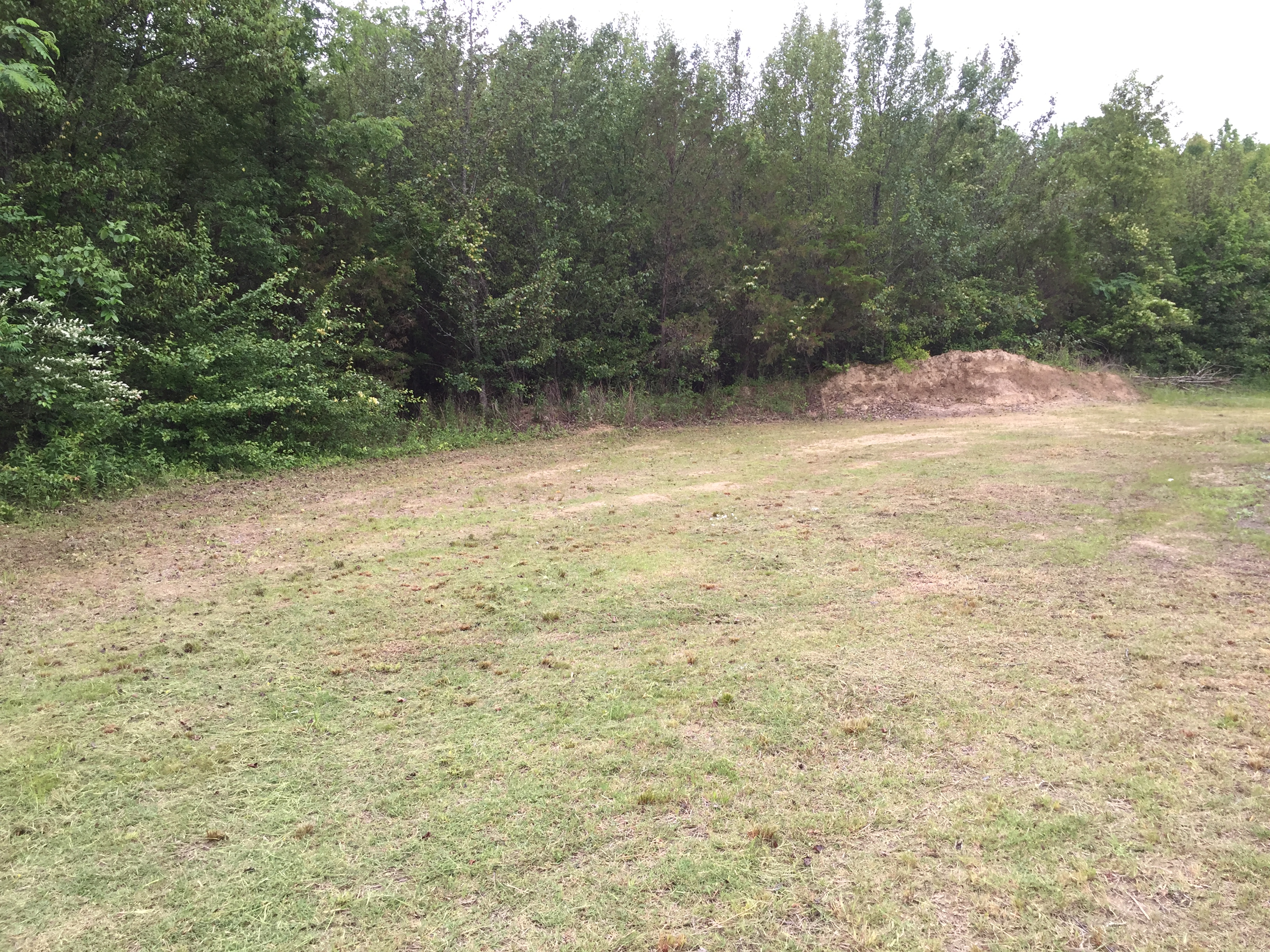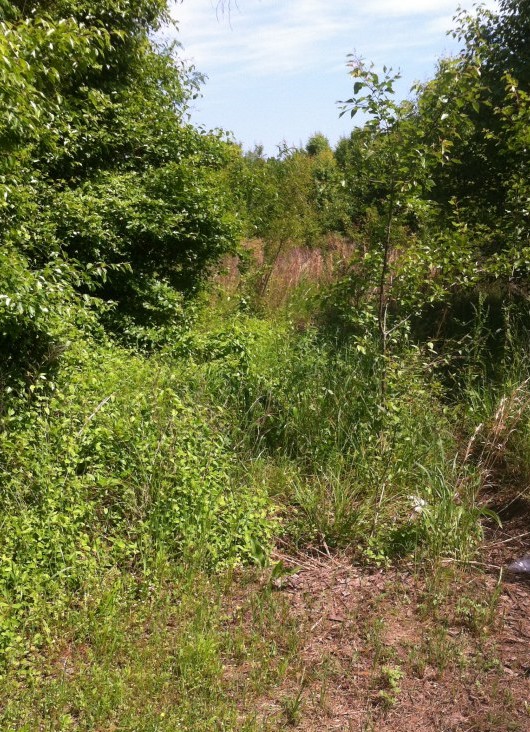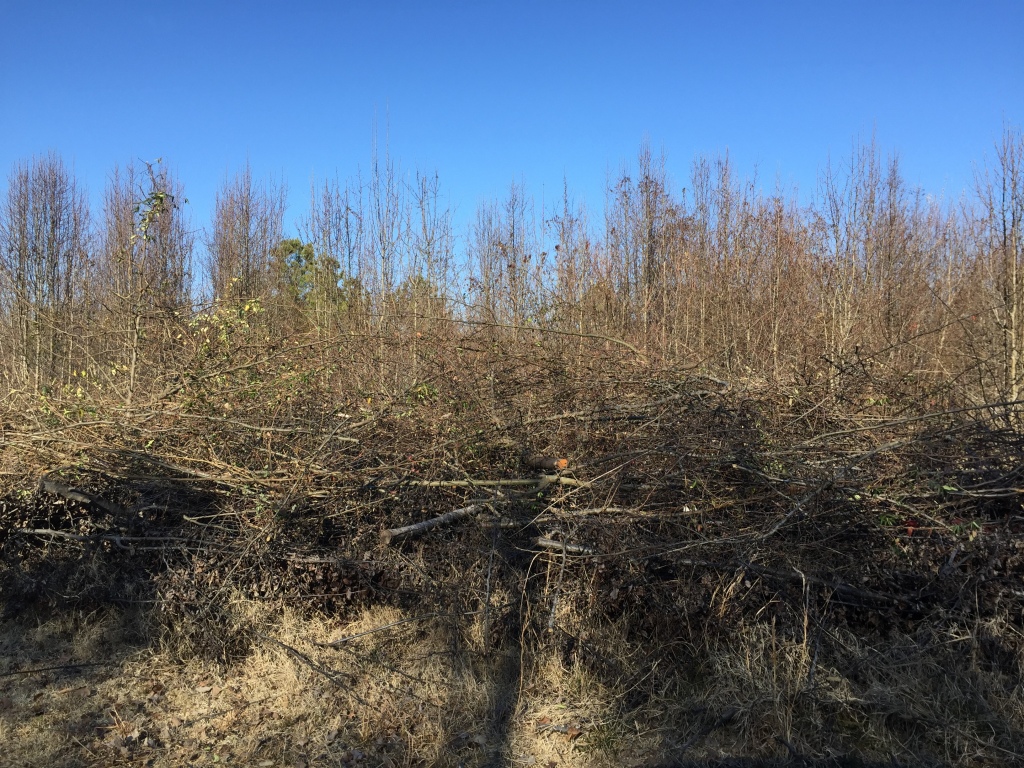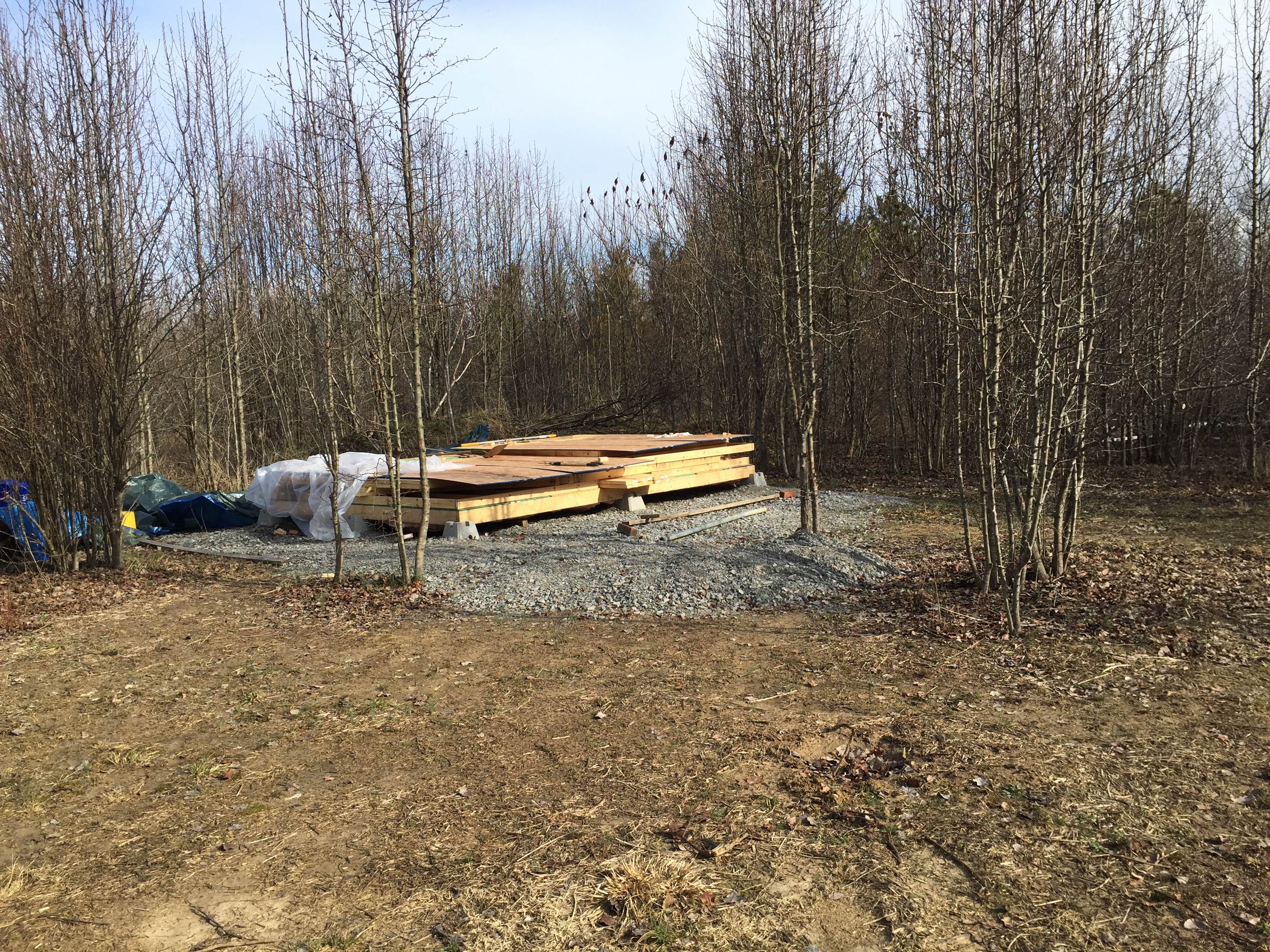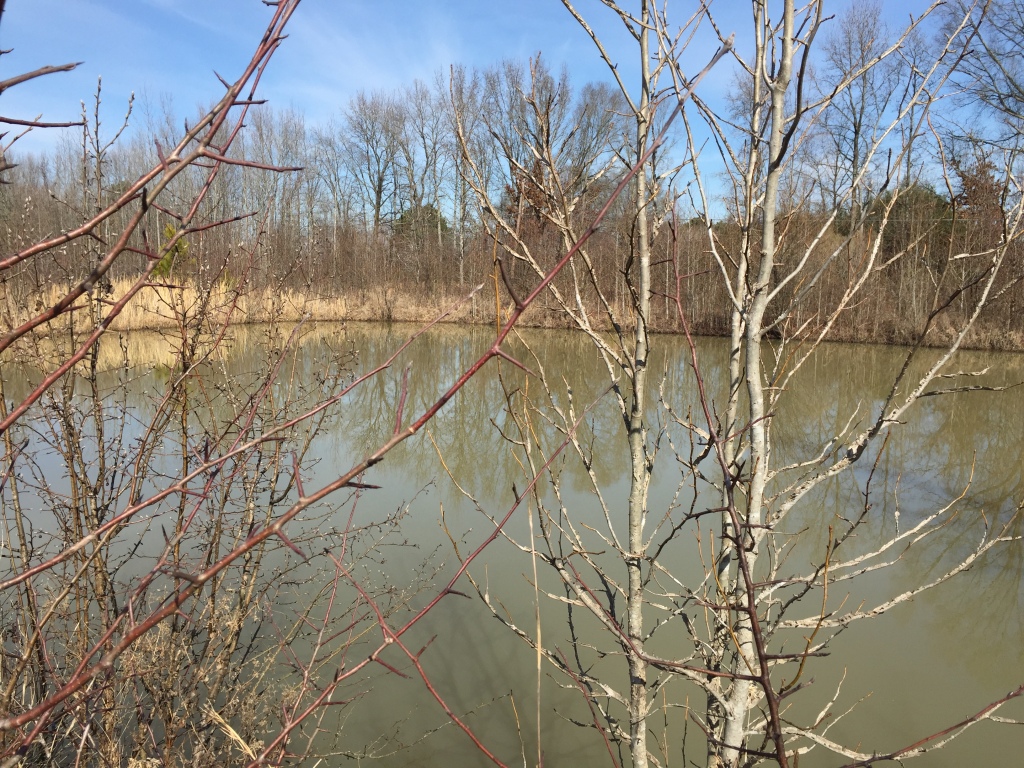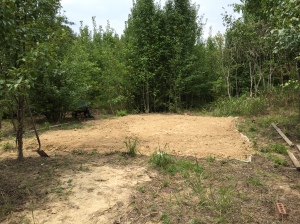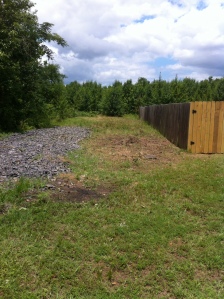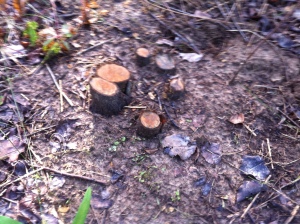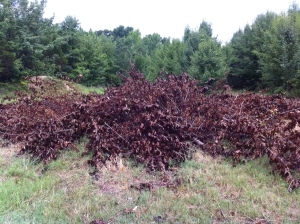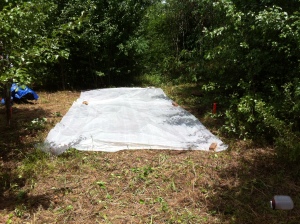In Borges’s short story “The Garden of Forking Paths,” one of his characters plays with the idea of multiple parallel universes that exist when any decision we make bifurcates into a new path.
In my current reality (the one in which I am writing this blog post), I teach at a university and have a family; in another path, however, I’m living in a tiny cabin in the woods and spending much of my time writing to natural light filtered by tree leaves

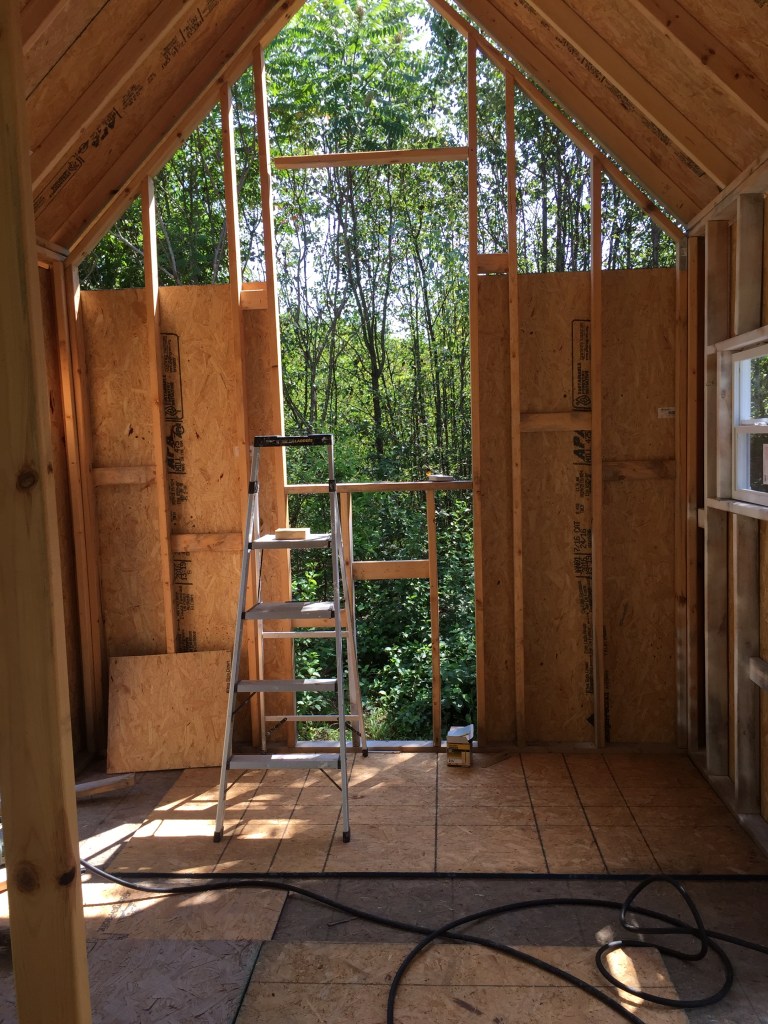


In the parallel off-grid reality, I’m probably debt free and, when I’m not living in a tiny house, I’m traveling around the globe…it’s a happy life, and simple, and one in which, as Yeats would say, “peace comes dropping slow.”
The path of parenthood is a different abundance. Time is what I have the least of, but every minute is full to the point of bursting. I hibernate in summers to recover from the wild ride of the school year, and trips are usually small and local.
I’m thinking about these two lives—the one I once envisioned and what came to be—because not long ago, we sold the land with the tiny cabin. It’s almost sad except for the relief of no longer having to maintain it or feeling like we’re in a perpetual state of unfinished business.
The past five years have been an adventure, the ups and downs of which I never would’ve guessed. And as days unfold into weeks-months-years, I’m sure other paths are branching off into parallel worlds where this or that did or didn’t happen.
It’s nice to imagine that there are many versions of a great life that I might have lived. And maybe living in a tiny cabin, even if it never came to be, made this reality even better.



